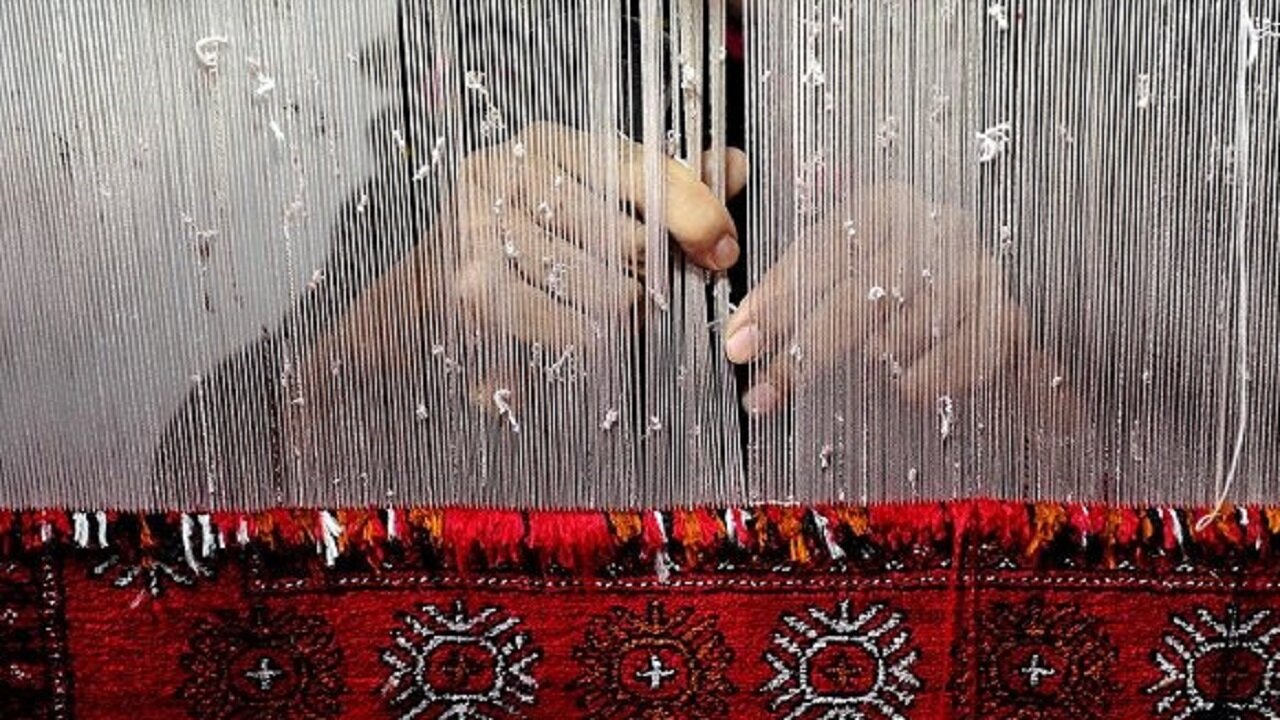South Khorasan carpet: a legacy of exquisite artistry

TEHRAN - Situated in the eastern region of Iran, South Khorasan is renowned for its rich cultural heritage and artistic traditions. Among its many treasures, the province’s exquisite rugs and carpets stand out as true works of art.
Those masterpieces are a testament to the skill and craftsmanship passed down through generations. Today, South Khorasan carpets continue to capture the hearts of collectors and enthusiasts worldwide.
The tradition of carpet weaving in South Khorasan can be traced back centuries, showcasing the deep-rooted cultural significance of this craft. Passed down through families, the know-how of weaving has been meticulously taught, allowing the region's artisans to create stunning and intricately woven pieces using traditional techniques.
One of the distinguishing features of South Khorasan carpets is their exceptional designs, which often encompass a mixture of geometric and floral patterns. The weavers skillfully utilize a diverse range of natural colors, resulting in vibrant hues that further enchant the eye. Experts believe that each carpet tells its own story, blending tradition and innovation to create one-of-a-kind masterpieces.
South Khorasan carpets are primarily woven using high-quality wool sourced from local sheep. Natural dyes extracted from plants, fruits, and insects are used to achieve the vibrant hues that characterize these rugs. Moreover, traditional hand-knotting techniques are employed, showcasing the dedication of the weavers who patiently create each ornate pattern.
Several villages in the province have become synonymous with carpet weaving excellence. One such village is Ferdows, known for its exquisite rugs featuring intricate patterns and luxurious textures. Other notable regions include Birjand, Tabas, Nehbandan, Dorakhsh, Mood, Gask, Nowzad, and Sarbisheh, each with its distinct style and distinct design elements.
Besides their cultural significance, South Khorasan carpets play a vital economic role in the region. The production and trade of these carpets provide employment opportunities for numerous individuals, supporting local economies and communities.
Moreover, the carpets serve as cultural ambassadors, representing the rich heritage of South Khorasan on the international stage.
In recent years, concerted efforts have been made to preserve and revive the art of carpet weaving in South Khorasan. Additionally, workshops and training programs have been introduced to educate the younger generation and instill a sense of pride in this cultural heritage.
AFM
Leave a Comment